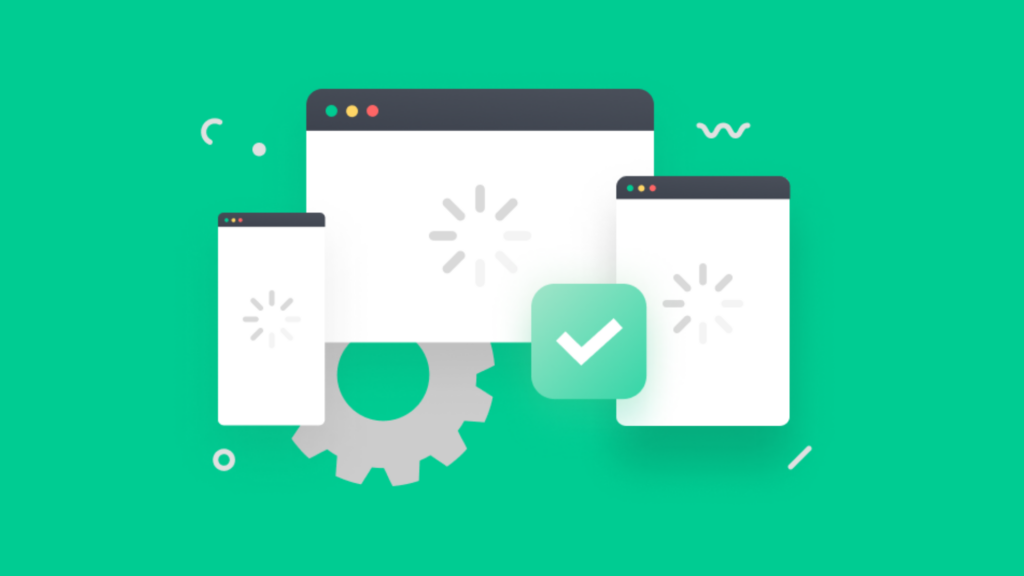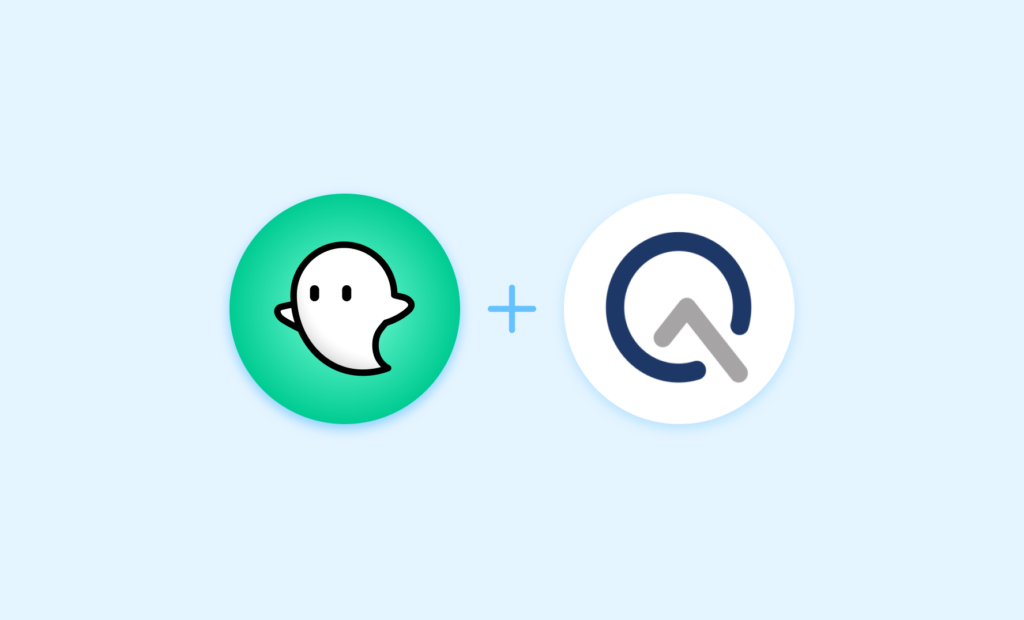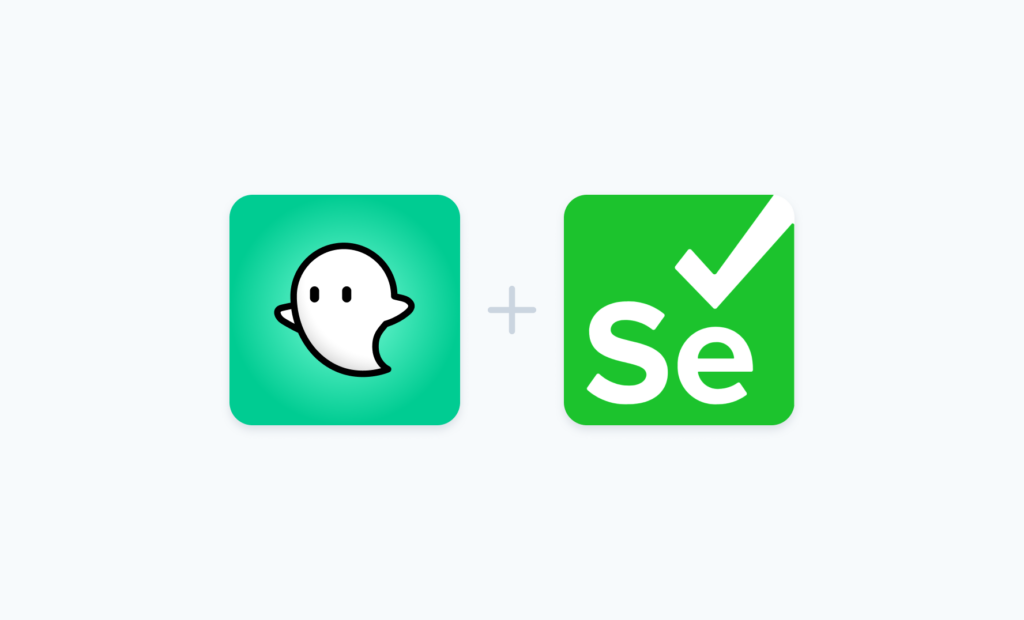CSS Selector Cheat Sheet: Strategies for Automated Browser Testing

“Change breaks the brittle.” — Jan Houtema I love this quote, though I’m not quite sure if “Jan Houtema” is a real person. It may be a Paul Graham pseudonym… But in any case, yes, change breaks brittle things and one of the challenges of automated browser testing is to mitigate that effect as much as possible while you […]
End-to-End Testing: What It Is and How It Fits Into QA

End-to-end (E2E) testing is an important part of the software development process, serving as a comprehensive way to verify that applications and systems work properly in real-life scenarios. It provides a level of assurance that your application will correctly exhibit behavior from start to finish. End-to-end testing is also one piece of a larger puzzle […]
9 Test Automation Best Practices

Automated testing entails much more than simply creating tests and enabling them. A “set it and forget it” approach won’t get you very far with automated tests — particularly automated browser tests, which interact with the ever changing frontend of your application or website. The true workload ultimately comes with the maintenance and evolution of your […]
Upcoming Feature Changes — Q1 2022

These updates will be deployed on Monday Feburary 14th, 2022 Here at Ghost Inspector, we’re continually rolling out changes that we think make our customer’s lives better. Occasionally that means undoing some bit of logic we created or allowed in the past in order to move the product in a direction that makes it more […]
Test Management with QADeputy & Ghost Inspector

Quality assurance is a broad initiative. Ghost Inspector strives to be an all-in-one tool when it comes to browser automation. However, QA testing teams often use a range of products to cover all their testing needs, like API testing and load testing. This can lead to testing-related data being scattered in various places. QADeputy is a […]
Browser & System Updates — July 2019

These updates will be deployed at 10:00am Pacific Time on Tuesday July 16th, 2019 Here at Ghost Inspector, we’re continually rolling out new browser versions and automation logic updates. However, this month we’ve got a number of big changes launching at once and I wanted to discuss each in a little more detail. Here’s a […]
Headless Browsers and Testing at Scale

The Ghost Inspector team got together for our annual company offsite in Austin, TX this year. We always plan our offsite around presenting at an industry-related event. This year we were thrilled to present to the Austin Automation Professionals Meetup on the topic of headless browsers and testing at scale. A big thank you to Handsome for hosting the […]
Simulate Drag and Drop with JavaScript and CasperJS

We use a number of browser automation tools here at Ghost Inspector including CasperJS — which is a handy wrapper for controlling operations in PhantomJS and SlimerJS headless browsers. Today I’m going to present some JavaScript code that can be used for simulating drag-and-drop events in a browser. This can be used as standalone code, or you can call it through […]
Selenium Import is Here!

Yes, you read that correctly! Selenium testing is a popular, open source browser automation tool set — and for a while now, Ghost Inspector has allowed you to export your tests in Selenium’s HTML format. Now, Ghost inspector allows you to import tests in that very same format. The benefits of this new functionality are two […]
Automate Continuous Integration with CircleCI and ngrok

Note: this article relates to CircleCI 1.0 configuration which is scheduled to be sunset on August 31, 2018. Documentation for integrating with CircleCI 2.0 can be can be found in our Integrations documentation. One question we receive a lot is how to run your Ghost Inspector automated browser tests on your application during the continuous integration process. We’ve put together a […]

